Neom: The Line – how Saudi Arabia sinks $1 trillion into the sand
By now everyone has probably heard of The Line, Saudi Arabia’s ambitious plan to create a futuristic smart city in the desert and mountains of Tabuk Province next to the Red Sea. The Line will be a 170-kilometer-long, 488- to 500-meter-high, and approximately 200-meter-wide arcology that can accommodate up to 9 million people from diverse backgrounds. It’s part of Saudi Arabia’s Neom vision, which aims to build several futuristic cities in the same area. Oxagon, for example, is a floating industrial complex in the shape of an octagon, designed to serve as a hub for international trade routes on the Red Sea. Trojena is a hyper-futuristic ski resort in the Sarawat Mountains that will host the 2029 Asian Winter Games. And Sindalah is a group of classic luxury resorts and hotels on smaller natural islands off the region’s coast. The cost of the project is at least $500 billion, with some estimates as high as $1 trillion due to inflation and typical cost increases for large projects.
NEOM | What is THE LINE?
Somewhere between green marketing and noble intentions
According to plans revealed so far, The Line will consist of two rows of buildings representing the city’s exteriors, with a canyon of hanging gardens, parks, and cultural and entertainment facilities in between. The exteriors will be mirrored to reflect sunlight, helping to prevent the harsh heat of the desert and making the city “seamless” with the surrounding desert and mountain landscape (what could possibly go wrong – remember 20 Fenchurch Street?). The city will have all the amenities of a modern metropolis, providing residents with easy access to jobs, schools, and cultural and entertainment facilities within walking distance, along sidewalks, escalators, elevators, and a network of autonomous vehicle lanes beneath the city to provide mobility.
In addition, there will be a yet-to-be-defined high-speed rail system for public transportation and long-distance freight. The media is speculating that the Hyperloop could be used, although this technology is still in its infancy and its actual potential for real-world use is at least questionable. The more realistic option would be to use existing and proven technologies such as the Japanese SCMaglev or the Chinese CRRC maglev train, both of which can reach speeds of around 600 km/h. To keep the city’s footprint small, the plan is to power the city from renewable sources such as solar, wind and hydroelectric power. Drinking water will be drawn from the sea and efficiently treated using this green energy. Theoretically, food supplies could also be grown, harvested, and distributed in autonomous vertical farms within the city, although this may increase water and energy consumption due to The Line’s vertical and shaded architecture. Any further details are not yet known.
Greenery, mirrored facades and sand
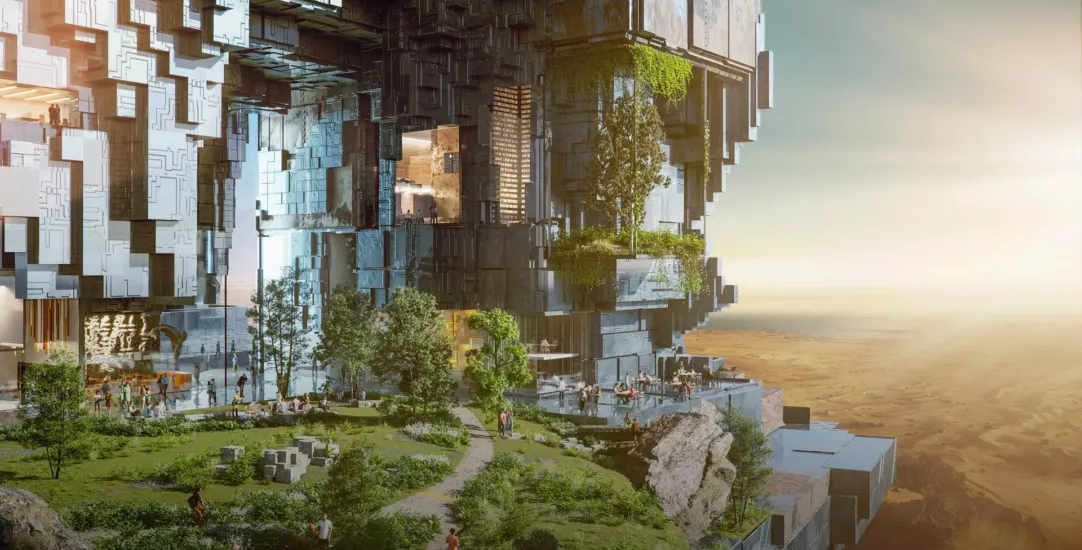
Utopia or Oblivion
Announcements of futuristic smart cities are nothing new in the Arab world. In 2006, Masdar City in Abu Dhabi was announced as a planned city for 50,000 people with a focus on smart technologies, renewable energy, alternative transportation, and an intercultural spirit. However, the idea was later scaled back, and by 2020 only about 1,300 people lived permanently in the city. Similarly, in 2005, Saudi Arabia announced the construction of the King Abdullah Economic City for 2 million people, including the world’s tallest building, the Kingdom Tower, with a planned height of over 1,000 meters. Unfortunately, the project faced bankruptcies, bad luck, and mishaps, and as of 2018, only about 7,000 people lived in an incomplete city with sand-blown streets, ghost houses, scattered projects, and the ruined-looking Kingdom Tower visible from afar. Egypt also has a history of ambitious but mostly mediocre to partially failed planned cities around Cairo, such as the 15th of May, the 10th of Ramadan, the 6th of October, and Sheikh Zayed City. These cities were meant to relieve the overcrowding in Cairo and provide a prosperous, modern life, but ended up as scattered clusters of buildings with lots of sand in between, ghost towns, dormitory towns, or eternal construction sites. It seems that people do not want to live far from natural greenery and water, with long commutes in the hot desert. Best conditions for a 170-kilometer-long city at the end of the world.
So is it all just a trick? A clever way to get attention, attract investors, and make money? Well, the truth lies somewhere in the middle. The fact is that Saudi Arabia is facing some serious social, demographic, and economic problems. They are in desperate need of reform, and projects like Neom are part of that. Saudi Arabia’s economy is heavily dependent on revenue from oil exports. But with the world becoming more aware of renewable energy sources and oil prices dropping, it’s no wonder they’re feeling the pinch. On top of that, the population is growing faster than new jobs are being created, resulting in a youth unemployment rate of 25 to 35 percent for decades. In addition, Saudi Arabia is a very conservative society that severely restricts human rights, especially for women, and personal freedoms. They resist any kind of modernization and social reform.
And there’s another big issue that has to be mentioned: Saudi Arabia has been involved in an intense war with Yemen for over eight years now. Since March 26, 2015, a Saudi-led military intervention has been bombing its neighbour, which is one of the reasons why the UN has called it one of the worst humanitarian crises in the world. Hundreds of thousands of people have been killed – directly or indirectly – and 4.5 million have been forced to flee their homes. More than two-thirds of Yemen’s population lives in poverty, and the entire country is considered a failed state. Although Saudi Arabia’s military industry is growing, the government knows that involvement in conflicts could make the region more unstable, cause problems in Saudi society, and, worst of all, hurt future investment and stability.
But despite – or perhaps because of – all these problems, Saudi Arabia is building The Line. Not in ten years, not in five, but now. The Line – along with Neom’s other projects – is officially under construction. And it’s so big one can see it from space! NASA’s Earth Observing System Land Viewer has some recent satellite images that show just how massive it is:
A construction site visible from space
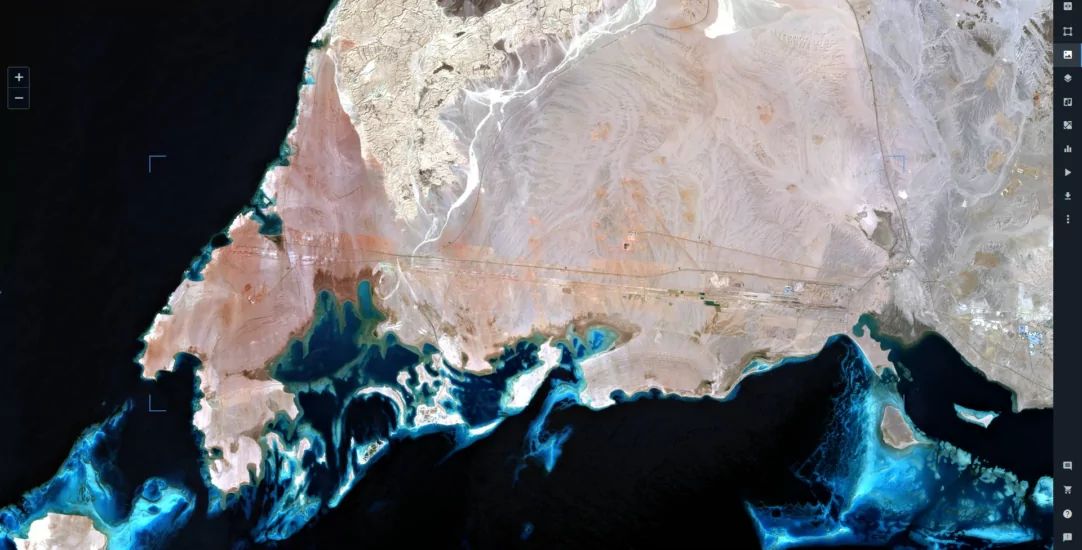
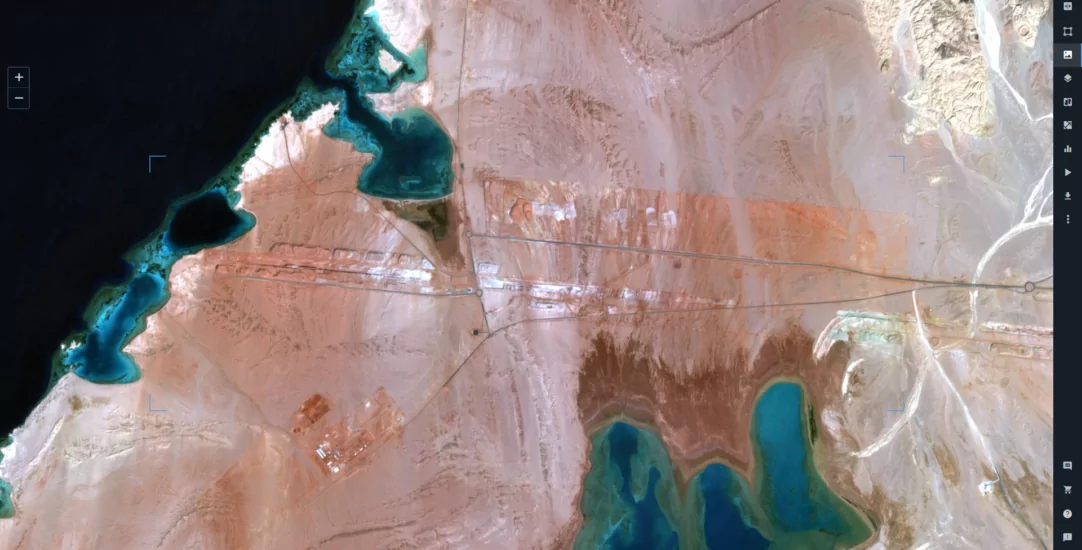
Vision 2030
The Saudi Arabian government understands that change is necessary for the country’s survival shortly. It’s important to implement these changes efficiently while maintaining social harmony and political stability. It’s also critical to work with regional and international partners to foster cooperation and dialogue on common issues and challenges. To achieve these goals, Saudi Arabia has launched an ambitious reform program called Saudi Vision 2030. Its goal is to transform the country into a modern and diversified economy by 2030, increasing the non-oil sector’s share of GDP from 16% to 50%. To achieve this shift, it plans to increase the labor force participation rate from 41% to 60% by 2030, with a particular focus on increasing female employment from 22% to 30%. The country also aims to attract further foreign investment and improve the efficiency and transparency of the public sector by reducing bureaucracy and corruption. These changes may sometimes be made in very small steps, but they are significant. The country and its people are on the move because stagnation would lead to irrelevance. There is a strong will to change, even if it is born of necessity, and there is no lack of ideas to do so.
More satellite imagery from March 19, 2023
Saudi Arabia puts all its eggs in one basket
That is why Saudi Arabia has recently announced one mega-project after another; that is why Neom: The Line exists. These projects are super ambitious and sometimes seem almost too spectacular to be true. They’re built on untested technologies, trying to do things that have never been done before. The Line feels like Saudi Arabia’s attempt to gather as many resources as possible (people, machines, and money), throw them all together, and if they’re lucky, hit the jackpot in no time. Saudi Arabia is investing between $500 billion and $1 trillion in Neom and tens of billions more in other projects, and it’s a huge gamble for the future of the country. If these big projects, including Neom, don’t work out, future generations may ask hard questions about the way their ruling class spent their money. It is literally buried in sand, and it could either bless or curse the future of the Saudi people. In a few years, we’ll see if Saudi Arabia has succeeded in moving towards a brighter future of economic and social development based on green technologies, high technology, and humanities with multicultural influences. Or, if it has failed, to a future of political instability, frustration, suffering, poverty, and, of course, a lot of sand. The Line may end up being constructed, or it may end up being a long, dug-up trench in the middle of the desert.
Hero image: Screenshot from NEOM | What is THE LINE? on YouTube.
Satellite images: Screenshots from NASA’s Earth Observing System land viewer app.
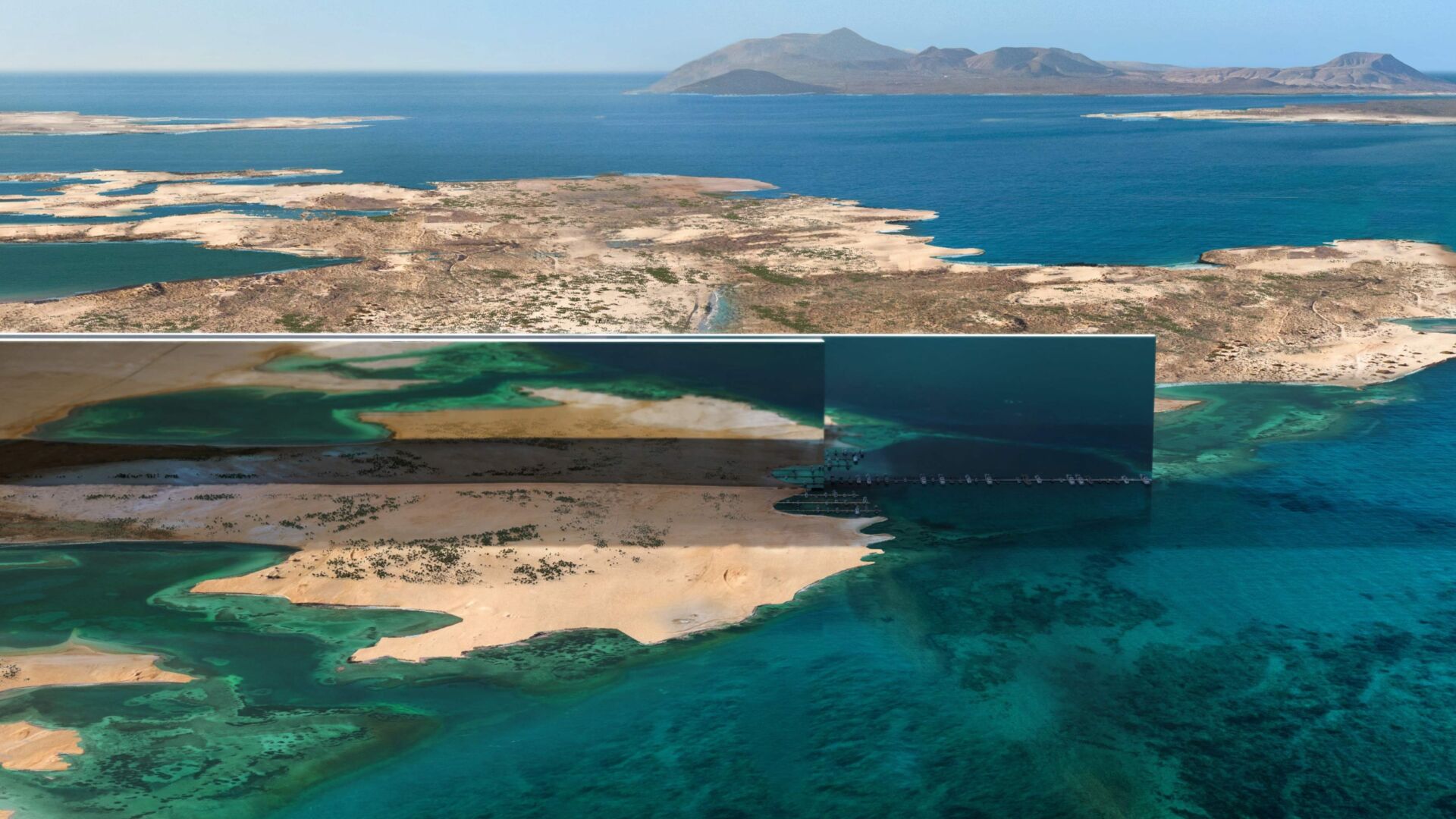

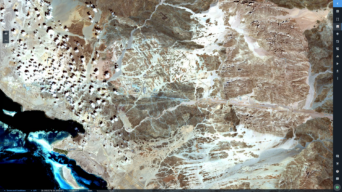
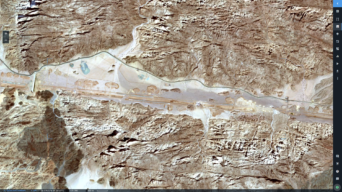

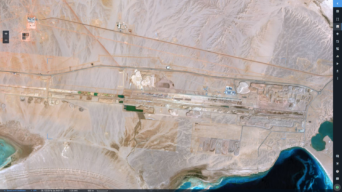
Reply article Reply answer